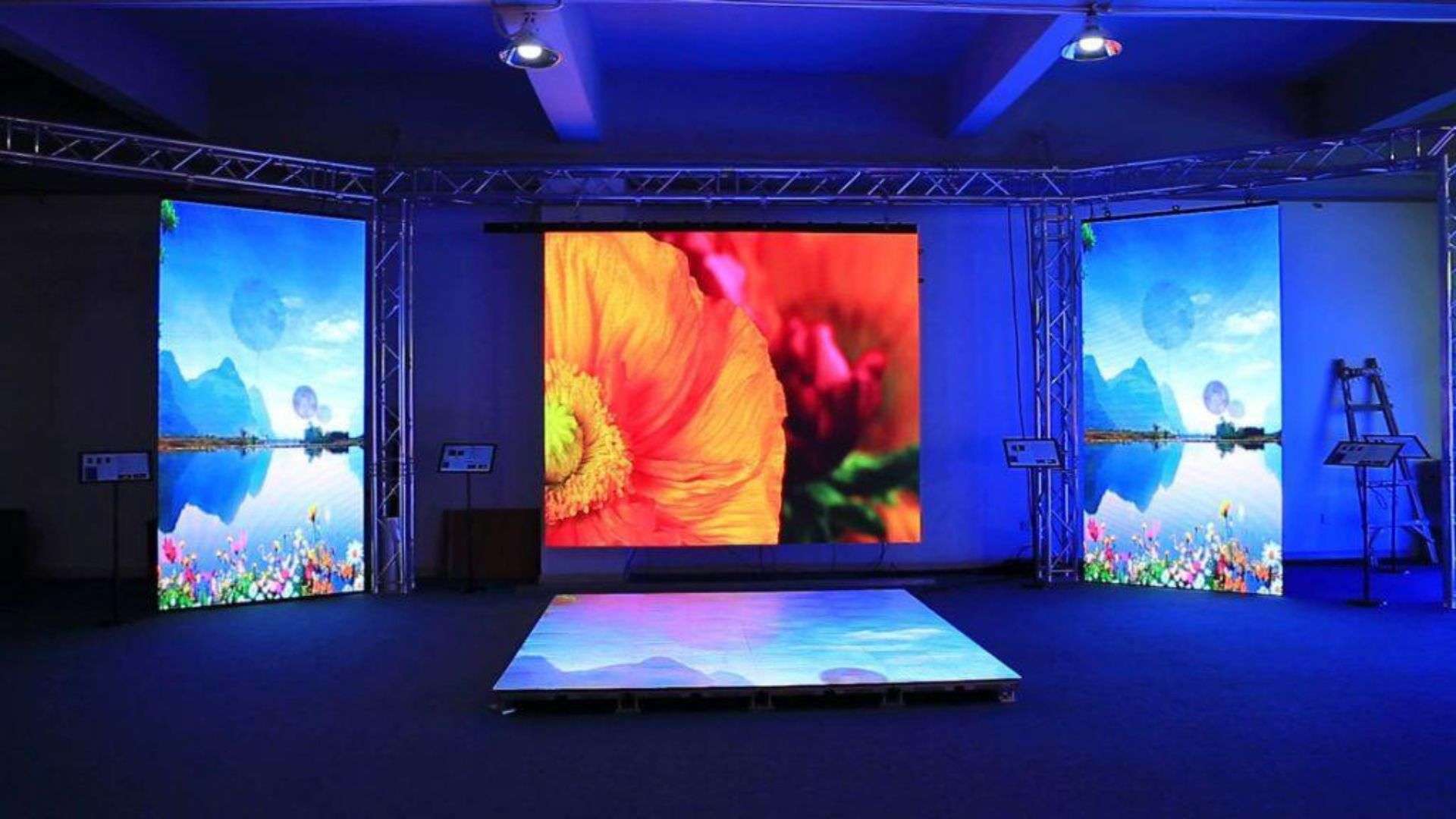What are the distribution channels for content? Most will remember social networks, blogs, mailing lists, webinars, e-books, online publications and other online channels. But the content strategy should extend to the offline space. And not only in the form of printed materials, such as booklets, brochures, letters, marketing kits. Digital signage technologies are especially relevant now. They allow you to broadcast content and interact with consumers outside the Internet, combining brand marketing into a single system.
Digital signage – new technologies at the service of content marketing. Digital screens are not only beautiful, but also effective.
Digital signage includes any electronic media: displays, projection systems, video walls, video showcases, interactive kiosks and other technologies with the help of which a visitor “consumes” information or communicates directly with brand representatives and other users. In 2010, marketer and digital media expert Keith Kelsen called Digital Signage the “fifth screen” –
he opined that consumers are so accustomed to the Internet’s dynamic, vibrant, engaging content that they need it offline.
Digital Signage technology helps to logically continue the brand’s content strategy that a person encounters online. That is, interaction with the consumer takes place at all levels: on the company’s website, in a mobile application, social networks, retail outlets – he receives the necessary information everywhere. Digital signage is promising for use in catering establishments, banks, retail outlets. Perhaps, digital technologies are the most effective in retail, because in the store the buyer’s interest immediately translates into the purchase of goods and real profit.
Digital signage is not so much an advertising tool as a method of communication with the consumer, creating an emotional connection with the brand. Therefore, without great content, such technologies are not viable. There is no point in bright screens if they are not interesting to the user. Keith Kelsen believes that regular TV advertising does not work on digital signage, the future belongs to good, highly specialized content, the quality of which is directly associated with the brand: “Good content is a good brand, bad content is a bad brand.”
The role of content is also emphasized by the author of the most successful projects in the field of digital marketing – Giovanni Flor, Digital Signage Project Manager at Benetton: “Communication with your target audience is of paramount importance when implementing Digital Signage. How will these beautiful and technological solutions be used? Content is king, it is the driver that will make your project successful. Therefore, it is very important that not only representatives of the IT department work on Digital Signage projects, but also representatives of marketing.”
Digital signage in practice
The first digital signage were ordinary screens or monitors for broadcasting information. Although in this form they are suitable for content marketing, as they are able to demonstrate any type of content: informational, engaging, branded, news, etc.
Over the past few years, digital signs have evolved from one-way posters to interactive experience and two-way communication technologies. “Digital signage without interactive is like a TV without a remote control,” says JD Jones, director of digital media solutions at AVI-SPL. And modern Digital Signage, indeed, can do much more – you can “communicate” with them with touches, gestures, using mobile devices.
The complication of DS opens up new opportunities, because for a visitor of any store it is important what happens to him in real time, he needs to satisfy the request with which he came to the outlet. Therefore, useful content, such as interactive information about the assortment, combination of things, ways to use the product, will have a positive effect on sales.
In addition, consumers interact digitally with each other and with the brand, for example, they can share images on the screen placed in the store, receiving bonuses for this, or send messages to the video wall in the window. Elements of interactivity and gasification encourage users not only to communicate, but also to leave information about themselves.
Digital signage allows you to obtain data for marketing analysis in other ways, including by analyzing the choice of buyers, their movements, viewing goods. Some signs contain built-in intelligence to better understand consumer behavior. For example, miniature video cameras record customers browsing while analytics software analyzes their gender and estimated age, as well as viewing time.






